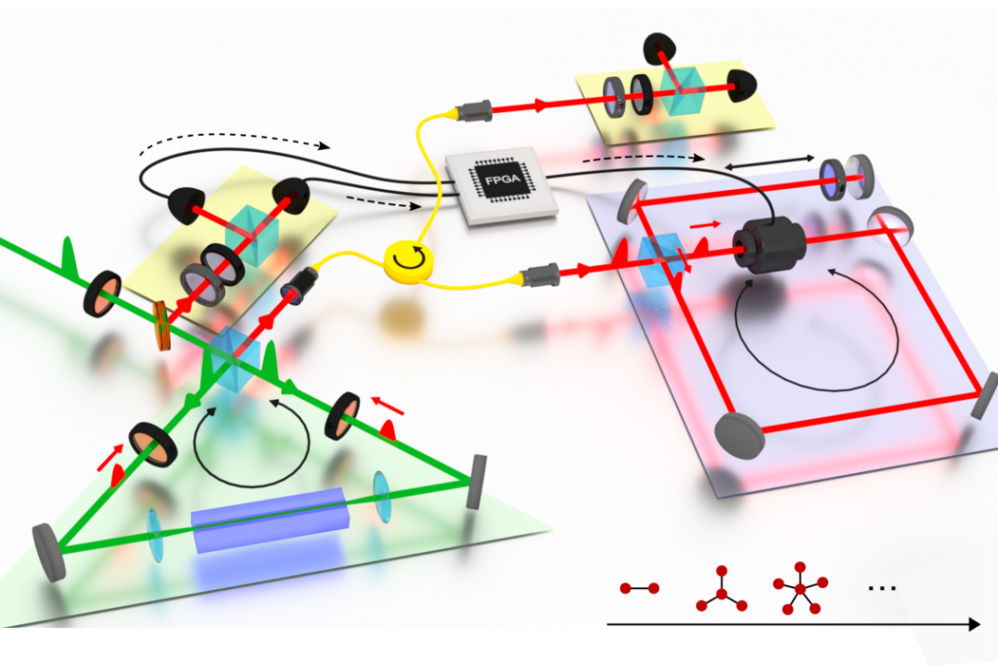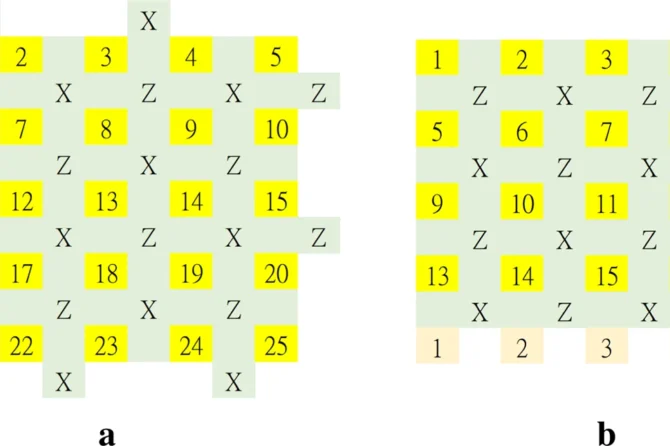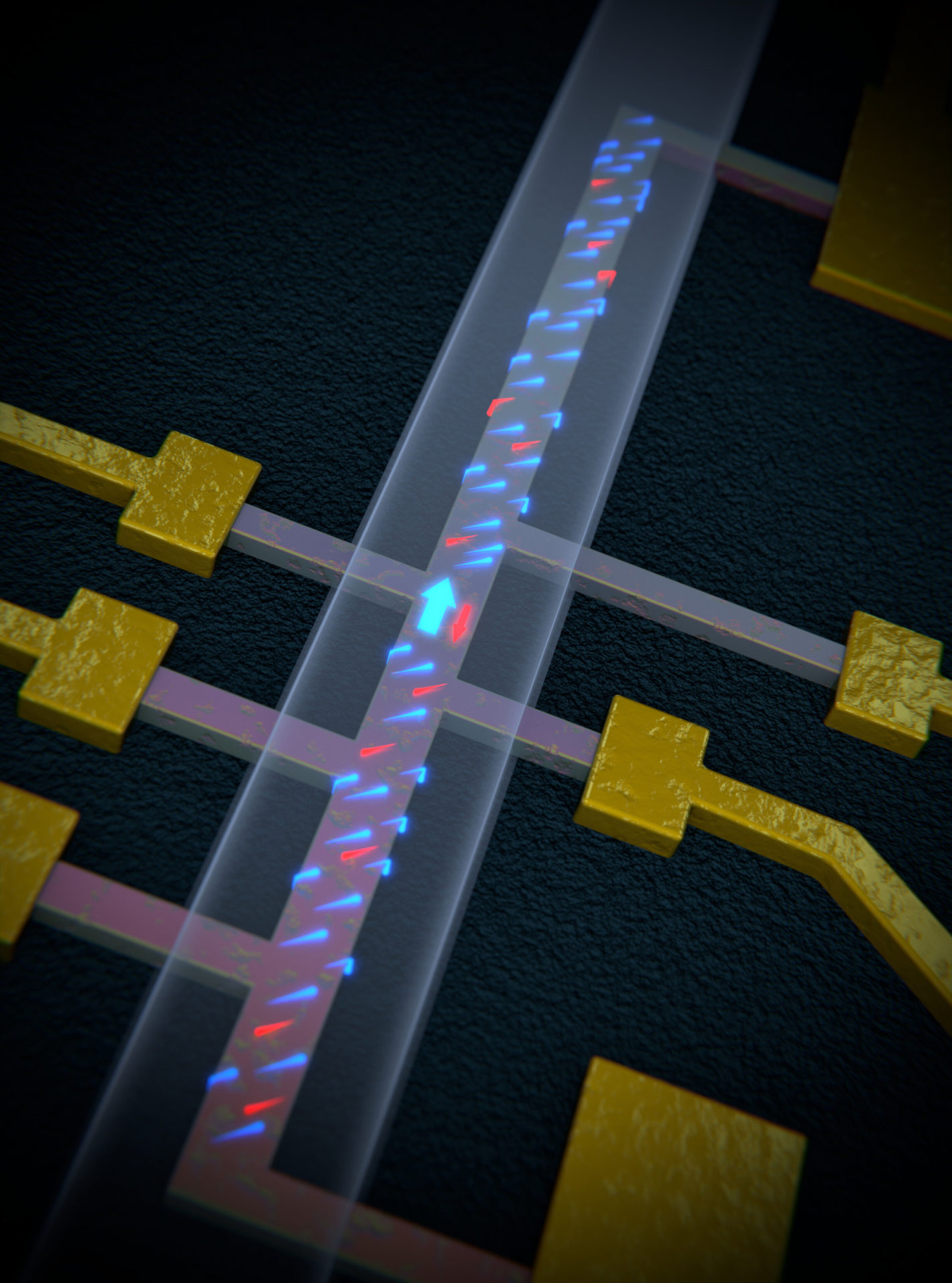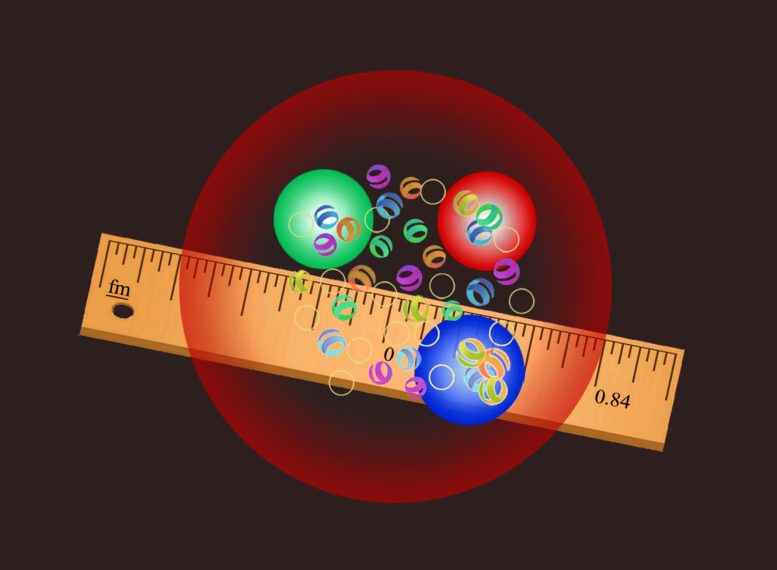Einstein famously called it “spooky action at a distance” – the phenomenon where quantum particles remain interconnected despite vast separation. This quantum entanglement, defying classical physics, creates linked properties between multiple particles and offers significant potential for quantum algorithms in communications, security, and computing.
Researchers from Paderborn University, collaborating with Ulm University colleagues, have developed the first programmable optical quantum memory, published as an editor’s suggestion in Physical Review Letters.
Under Professor Christine Silberhorn’s leadership, the “Integrated Quantum Optics” group at Paderborn’s Department of Physics and Institute for Photonic Quantum Systems (PhoQS) uses photons as quantum systems, aiming to entangle many particles in large states.
Previous attempts at multi-particle entanglement were highly inefficient. When trying to link particles, researchers faced lengthy waits since entanglement-promoting interconnections operate probabilistically rather than on command. This meant photons would exit the experiment before the next suitable particle arrived, as storing qubit states presents major challenges.
The breakthrough involves a programmable, optical buffer quantum memory that dynamically switches between storage mode, interference mode, and release mode. This setup allows a small quantum state to be preserved until another is generated, enabling particle-by-particle growth of large, entangled quantum states.
The team has already entangled six particles much more efficiently than previous experiments. For comparison, Chinese researchers achieved the largest known photon entanglement with twelve particles, but this process took orders of magnitude longer.
“Our system allows entangled states of increasing size to be gradually built up—which is more reliable, faster, and more efficient than previous methods,” explains Silberhorn. “This represents a milestone bringing us close to practical applications of large, entangled states for useful quantum technologies.”
Importantly, this new approach is compatible with all common photon-pair sources, making the method available to other scientists in the field.
Reference: Evan Meyer-Scott, Nidhin Prasannan, Ish Dhand, Christof Eigner, Viktor Quiring, Sonja Barkhofen, Benjamin Brecht, Martin B. Plenio, Christine Silberhorn. Scalable Generation of Multiphoton Entangled States by Active Feed-Forward and Multiplexing. Physical Review Letters, 2022; 129 (15) DOI: 10.1103/PhysRevLett.129.150501
Read Also.




